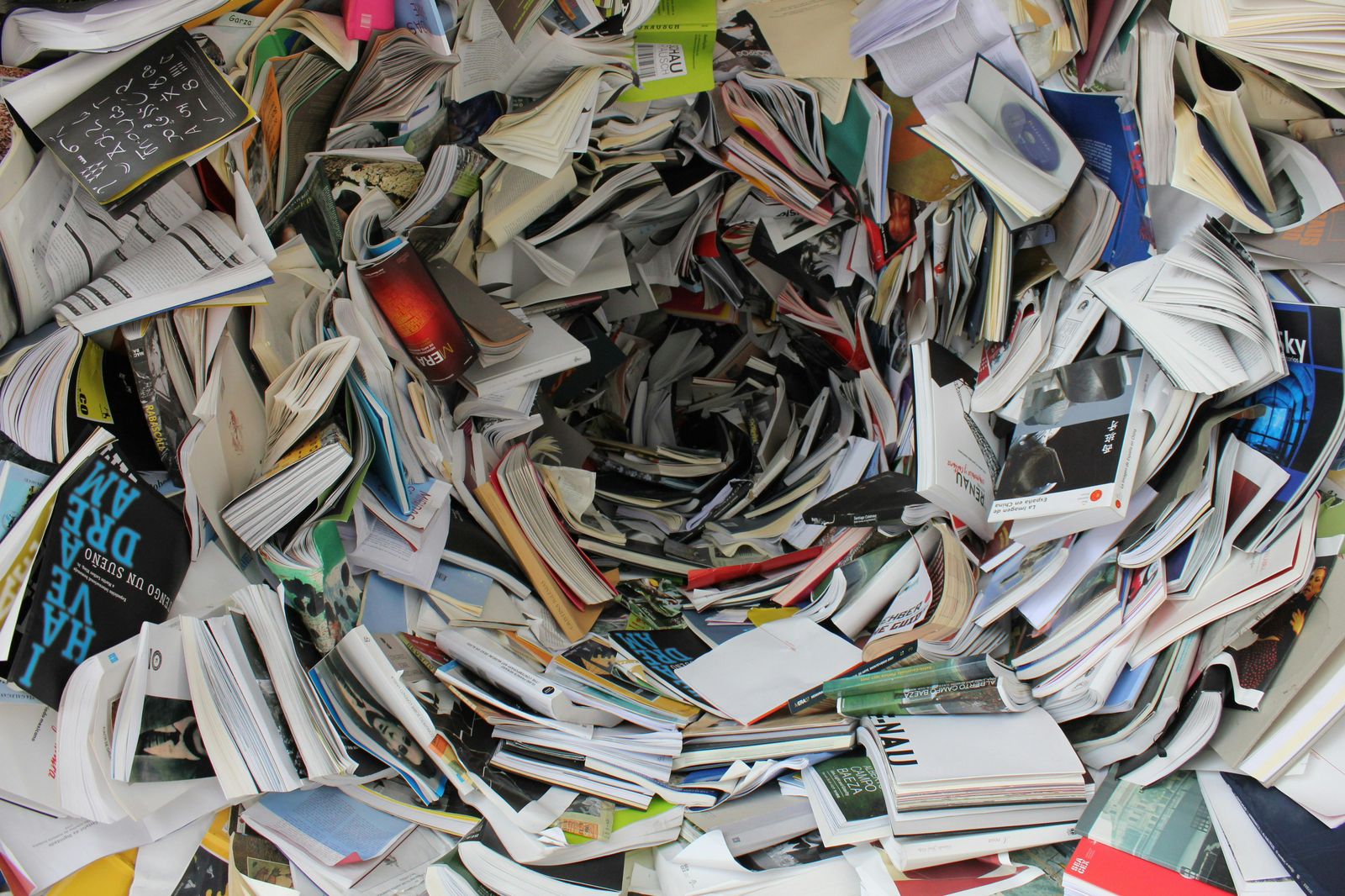Plastic has become one of the biggest environmental problems facing our planet in the modern era. Due to excessive use of plastic in all fields, from packaging to daily products, there has been a massive accumulation of this material, which takes hundreds of years to decompose. This makes plastic recycling one of the primary solutions to reduce the impact of these harmful materials on the environment. Concerns are increasing about the accumulation of plastic waste in oceans and landfills, which significantly affects wildlife and ecosystems. In this article, we will discuss how plastic recycling can be the ideal solution to reduce pollution and the environmental effects caused by it, as well as the economic benefits of this sustainable solution.
The Importance of Plastic Recycling
Plastic is a lightweight, strong, and versatile material, making it the preferred choice in many industries. However, with the growing use of plastic, massive environmental issues have emerged due to the inability to dispose of it effectively. Plastic does not naturally decompose; it takes several hundred years to completely disappear, making recycling the best solution to deal with this problem.
Recycling plastic contributes to:
- Reducing Waste Volume: By recycling plastic, the amount of waste sent to landfills is reduced, which helps preserve the environment and decrease pollution.
- Reducing Use of Natural Resources: Plastic made from raw materials like oil and natural gas contributes to resource depletion. However, by using recycled plastic, the need for extracting these raw materials is reduced, thus helping protect the environment and reduce the impact of plastic production.
- Reducing Emissions: The production of new plastic requires large amounts of energy, contributing to the emission of greenhouse gases. Recycling plastic significantly reduces these emissions.
The Plastic Recycling Process
Plastic recycling involves several sequential steps to ensure that the consumed plastic is returned to the economic cycle in a beneficial way. These steps include:
- Collecting Plastic Materials: Plastic materials are collected from homes, businesses, and schools. These materials may vary from plastic bottles, containers, bags, to bottle caps.
- Sorting Plastic: After collecting plastic materials, they are sorted according to different types of plastic. There are various types of plastic (such as PET, PVC, and HDPE) which require different processing methods.
- Cleaning Plastic: After sorting, plastic materials must be cleaned of any contaminants or residues such as food or chemicals to ensure a clean material suitable for recycling.
- Shredding Plastic: Plastic materials are shredded into small pieces to facilitate processing and remanufacturing.
- Re-manufacturing Plastic: After processing, plastic is converted into new, usable materials. These materials can be used to manufacture new products such as plastic furniture, car parts, or even clothing.
The Benefits of Plastic Recycling
Plastic recycling offers numerous environmental and economic benefits, including:
- Reducing Environmental Pollution: Plastic is one of the biggest environmental pollutants globally, negatively affecting oceans, soil, and living organisms. Recycling plastic reduces waste accumulation in nature, helping to reduce pollution.
- Energy Savings: The recycling of plastic consumes much less energy compared to producing new plastic from raw materials. According to reports, recycling plastic can save up to 66% of the energy required to manufacture plastic from scratch.
- Protecting Wildlife: Plastic does not decompose easily in nature and can harm marine and terrestrial animals, as many animals ingest it thinking it’s food. Recycling plastic reduces these risks and protects wildlife.
- Saving Natural Resources: By recycling plastic, dependency on natural resources like oil is reduced, which helps preserve these resources for future generations.
Challenges Facing Plastic Recycling
Despite the many benefits of plastic recycling, several challenges face this process, including:
- Low Public Awareness: In many countries, people are still unaware of the importance of recycling plastic and how to properly separate recyclable materials from other waste.
- Economic Issues with Plastic: While recycling plastic may appear to be more environmentally friendly, it may be less profitable in some cases than producing new plastic, especially if the recycling cost is high.
- Plastic Quality: Not all types of plastic are recyclable, and some may be heavily contaminated, making recycling an unviable process.
How to Improve the Plastic Recycling Process
- Enhancing Public Awareness: Governments and NGOs should launch awareness campaigns to increase public understanding of the importance of separating and recycling plastic. This can be achieved through educational programs in schools and communities.
- Improving Recycling Infrastructure: It is essential to improve the infrastructure for collecting, sorting, and recycling plastic worldwide. More facilities specialized in plastic recycling should be established.
- Encouraging Innovation: Technological innovations that help improve plastic recycling processes and make them more efficient should be supported. These innovations include advanced robots that can sort plastic more accurately.
- Implementing Government Policies: Governments need to implement policies that encourage plastic recycling, such as imposing taxes on non-recyclable plastic or providing financial incentives for companies that use recycled plastic.
Conclusion
Plastic recycling is a critical step toward achieving a healthy and sustainable environment. By adopting this practice, we can reduce environmental pollution, save natural resources, and cut greenhouse gas emissions. As awareness grows and recycling technologies improve, the global community can tackle the plastic problem effectively and successfully, contributing to a healthy environment for future generations.




